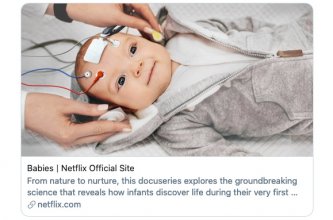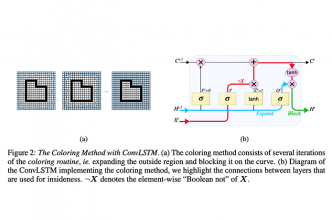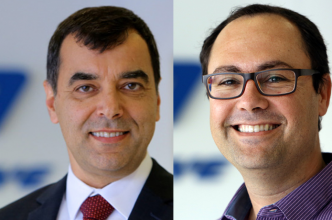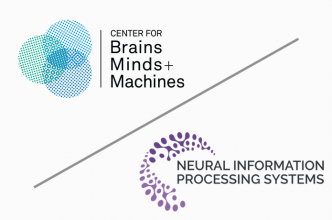Home Page Spotlights
Advances in Cognitive Systems announces a memorial symposium in honor of the 2019 Herbert A. Simon Prize for Advances in Cognitive Systems winner Patrick Henry Winston.
Recent advances give theoretical insight into why deep learning networks are successful. CBMM Director Tomaso Poggio, postdoc Andrzej Banburski and graduate student Qianli Liao look into the "black box" of deep learning to provide insights.
The RSS Keynote on July 15 was delivered by Josh Tenenbaum, Professor of Computational Cognitive Science at MIT BCS, CSAIL. Titled “It’s all in your head: Intuitive physics, planning, and problem-solving in brains, minds and machines”.
Looking for something good to watch tonight? Netflix has released "Babies: Part 2" which includes CBMM PIs Rebecca Saxe, MIT (P2:E1 What Babies Know) and Laura Schulz, MIT (P2:E6 Toddlers).
In CBMM Memo 105, CBMM researchers solve the generalization issues by teaching the network using simple curves before seeing the most complex ones, which facilitates learning the “coloring routine”.
Congratulations to CBMM's Rebecca Saxe on her Guggenheim Fellowship, which will allow her to pursue her work “under the freest possible conditions.”
"Are we really going to bet that we can go back to life as normal without proper coronavirus tracking in place?" NYTimes article calls upon CBMM Memo 106, by Shai Shalev-Swartz and Amnon Shashua, for the discussion about herd immunity.
In this online webinar, Profs. Amnon Shashua and Shai Shalev-Shwartz will discuss their memorandum recently released covering their analysis of a risk-based selective quarantine model on Tuesday, March 31, 2020 @ 1:00pm ET. Registration required.
Manuscript released to the public assesses the safety of dividing the population into high- and low-risk to achieve herd immunity and whether the health system can support this. Information for the decision makers of the world.
Demis Hassabis and Amnon Shashua, CBMM External Advisory Committee members, are the 2020 Dan David Prize winners for artificial intelligence. They share $1M for work on learning from experience in gaming and intelligent real-time vision, respectively.
The Center for Brains, Minds and Machines is well-represented at the thirty-third Conference on Neural Information Processing Systems (NeurIPS 2019).
Tenenbaum was recognized for his work "combining computational models with behavioral experiments to shed light on human learning, reasoning, and perception, and exploring how to bring artificial intelligence closer to the capabilities of human thining."
Beloved professor conducted pioneering research on imbuing machines with human-like intelligence, including the ability to understand stories.
On March 20, 2019, CBMM External Advisory Committee member and CBMM collaborator Dr. Demis Hassabis presented progress on self-learning systems work at Google DeepMind with examples from AlphaGo and AlphaStar.
On March 19, 2019, CBMM External Advisory Committee member and CBMM collaborator Dr. Amnon Shashua presented progress on autonomous driving and other AI based adaptive technologies.















